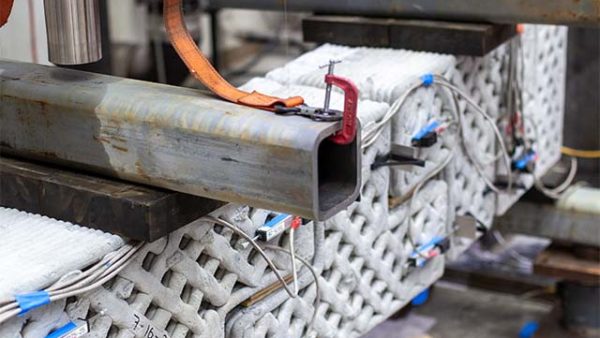A team from the University of Nevada, Reno is researching 3D printing capability for the US Army to help it build bridges and other infrastructure needed in conflict zones faster on site.
Already, a printed, multi-part test bridge has been able to support a 7,000-pound load.
A team from the university worked with the Construction Engineering Research Laboratory (CERL) from the US Army Engineer Research and Development Center (ERDC).
The pilot involved testing seven concrete segments, some measuring 3 feet, held together with post-tensioned cable under an increasing weight.
The long term plan is to print concrete components in the field and assemble them manually. The structures could then be dismantled and rebuilt in new configurations.
Using a mid-scale printer from the US army, the team has created a series of L- and T-shaped components, tested with mathematical models.
“The integration of numerical modelling with 3D printing and segmental construction provides a powerful tool for predicting structural performance before construction even begins,” said associate professor Sherif Elfass.
“This allows engineers to optimise the placement of segments and the design of printed components, ensuring that printed structures meet the necessary strength and durability requirements in a variety of conditions.”
The project is funded until June 2025, the next steps include adding additional components and connections while accelerating construction.
The post US Army trials 3D printed concrete for battlefield structures appeared first on Global Construction Review.


